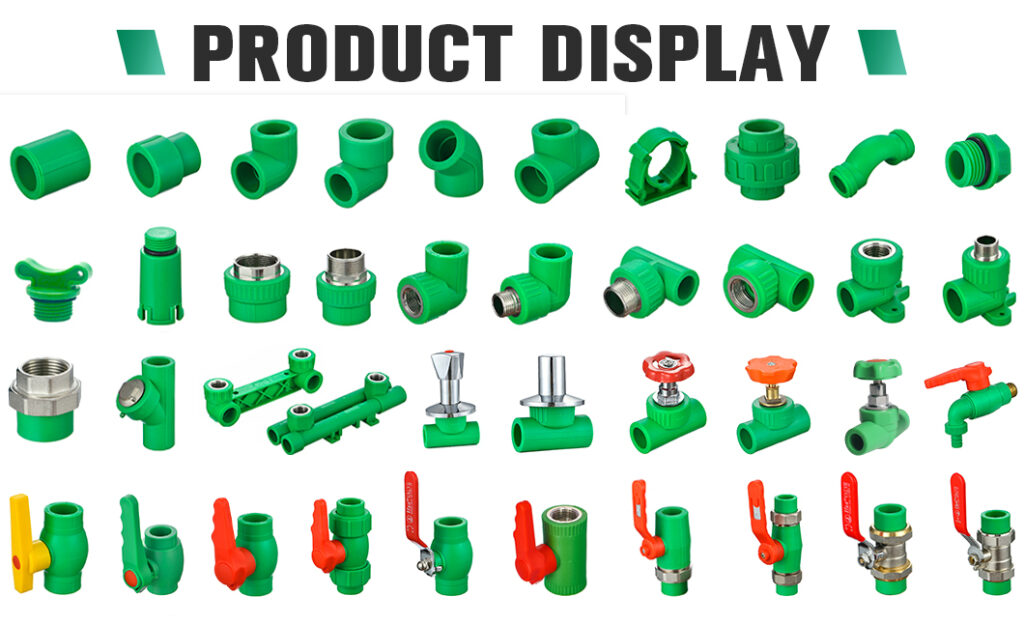The world of piping systems has evolved significantly over the years, and one of the key players in this transformation is the use of Polypropylene Random Copolymer (PPR) pipes and fittings. PPR pipe fittings have witnessed substantial advancements and developments to meet the demands of modern piping systems. In this article, we will explore these innovations and how they contribute to more efficient and reliable piping solutions.IFAN factory 30+ years manufacture experience support color/size customization support free sample.Welcome to consult for catalog and free samples.This is our FacebookWebsite: www.facebook.com.
1. Enhanced Durability:
Modern PPR pipe fittings are manufactured with improved durability in mind. These fittings are designed to withstand higher pressure and temperature conditions, making them suitable for a wider range of applications. This increased durability ensures that piping systems can handle a variety of fluids and serve diverse industries.
2. Leak-Proof Joints:
Advancements in jointing techniques have made PPR piping systems virtually leak-proof. New methods of joining PPR pipes and fittings, such as heat fusion welding, ensure that connections are secure, reducing the risk of leaks and subsequent damage.
3. Sustainability and Environmental Friendliness:
The modern world demands more sustainable and eco-friendly solutions. PPR pipes and fittings have kept pace with this trend. They are now produced using environmentally friendly processes and materials. This reduces the carbon footprint of the piping industry and aligns with global efforts to minimize environmental impact.

4. High Chemical Resistance:
Modern PPR pipe fittings offer superior resistance to a wide range of chemicals. This makes them an ideal choice for chemical industries, laboratories, and other applications that require the safe transport of aggressive or corrosive substances.
5. Noise Reduction Features:
In response to the need for quieter plumbing systems in residential and commercial buildings, modern PPR fittings come with enhanced noise reduction features. These fittings reduce water flow noise and prevent the occurrence of water hammer, enhancing the comfort of occupants.
6. Enhanced Flexibility:
Modern PPR pipes and fittings have improved flexibility, making them easier to install, especially in complex and confined spaces. Their flexibility simplifies installation, reducing labor costs and time.
7. Expansion of PPR Applications:
The advancements in PPR pipe fittings have broadened their applications. In addition to traditional plumbing and HVAC systems, modern PPR fittings are now commonly used in radiant heating, air compression systems, and even data center cooling systems due to their reliable and efficient performance.
Conclusion:
The evolution of PPR pipe fittings reflects the ever-changing needs of modern piping systems. These fittings have become more durable, leak-proof, and eco-friendly while expanding their applications to serve diverse industries. Innovations in jointing methods, noise reduction features, and chemical resistance have all contributed to the wide adoption of PPR pipes and fittings in various sectors. As the demand for efficient, reliable, and sustainable piping systems continues to grow, PPR pipe fittings are poised to remain at the forefront of the industry, driving the advancement of modern piping solutions.

